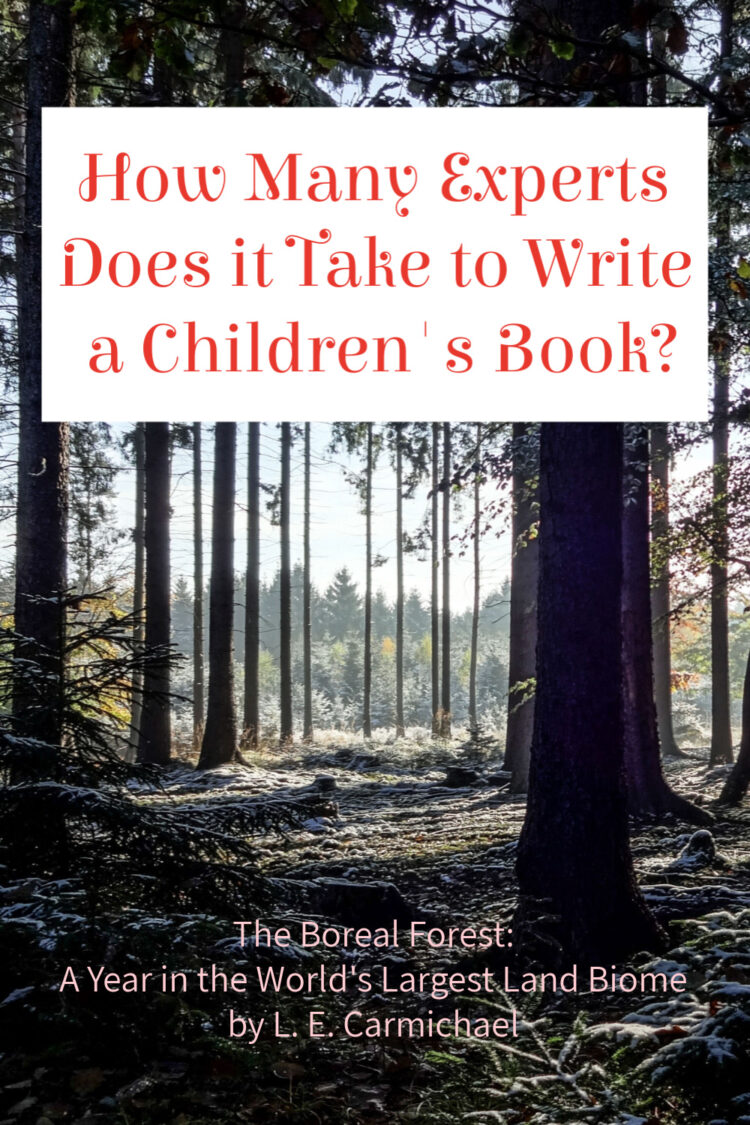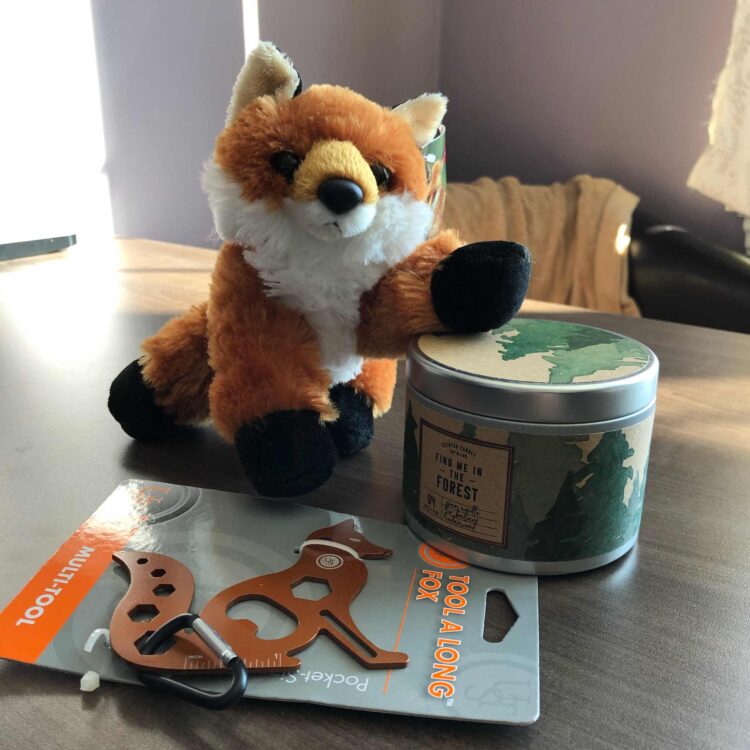You guys. The Boreal Forest comes out in ONE MONTH.
ONE MONTH.
I started working on it three years and one whole province ago, and now it’s almost HERE.
Want to celebrate with me? For details about live events in Ontario and Nova Scotia, check the Public Appearances page for updates on my schedule as they arise. But if you can’t make it in person, you can still join in the fun. Each Friday until June 12, I’ll be posting bonus content here on the blog – everything from deleted scenes to tour photos to behind-the-scenes insights into the creation of the book. If you’re not already following me on social media, please do, because I’ll be posting unique content there, too.
Want to help spread the bookish word? Share my posts, write a book review, ask your library to buy a copy, tell everyone you know. THANK YOU, I LOVE YOU, and an author’s love is forever. But not in a creepy way, like that tree in The Last Unicorn. More like in a “FUN FOREST PRIZES” kind of way:
- There’s a giveaway! The Boreal Forest Prize Pack includes a plush fox, a delicious pine-scented candle, and a fox-shaped multitool you can take on all your walks in the woods. See the Rafflecopter widget below (and on future Forest Friday posts) for all the ways you can enter to win!
- And for those who want a signed book but can’t attend an event, contact me – I’ll send you an autographed bookplate for every copy of The Boreal Forest you purchase before June 12!
To kick things off, I thought I’d talk a little bit about…
 How I Researched The Boreal Forest:
How I Researched The Boreal Forest:
- I read 238 books, scientific articles, and websites, adding up to untold thousands of pages of research (I didn’t actually count)
- I took 72,400 words of notes (those I did count, or rather, my word processor did)
The published book is less than 9000 words long. And that’s including front AND back matter, like the table of contents and the glossary. The main text is much shorter… which explains why I’ve got so much extra super cool info to share with you over the coming weeks!
And by the way, this ratio of research to finished word count? It’s not unusual. A science writer does her homework and checks her facts.
In many cases, that involves checking facts with experts. For this book, I consulted three kinds.
Boreal scientists who were kind enough to share their expertise by answering specific questions
Experts like Dr. Cindy Prescott of the University of British Columbia, who studies the way leaves and other bits of organic material decompose and become part of the forest’s soil. When I emailed Dr. Prescott about some confusing information in published sources, she said, “How exciting to have a question about decomposition!” and proceeded, not only to answer the question, but to send me a couple of additional sources AND her own lecture notes from a course she teaches on the subject. Scientists are awesome, ya’ll.
Boreal scientists who went above and beyond to review the entire manuscript, saving me from several embarrassing errors
Yes – even after reading 238 sources, I still messed stuff up. Science writers do our homework, but book research is no substitute for an entire career devoted to learning about a particular topic. Dr. Jill Johnstone, Dr. Maara Packalen, Dr. Kara Webster, and Alasdair Veitch all told me where I was going wrong. Special shout out to Alasdair, retired NWT wildlife biologist, who’s been saving me from embarrassing errors since I was a graduate student.
Needless to say, any whoopsies that are still present in the text are on me.
Members of Indigenous communities whose Traditional Ecological Knowledge appears in the book
I didn’t want to talk about the ecology of the boreal forest without acknowledging that Indigenous peoples around the globe have been intimately connected with the forest for thousands of years. For space reasons, it was impossible to include information on all of the relevant nations, so I used two criteria to decide which groups to include. One was geography – this is a book about the global boreal biome, so I wanted to represent peoples living in several different countries. The other was availability of information – whether an Indigenous community’s knowledge about the boreal forest had been published or otherwise made public.
I also wanted to make sure that I was representing each community’s Traditional Knowledge as accurately as possible, which is why I asked members of each nation to review what I’d written about them. The following people were also kind enough to review the entire manuscript for me:
- Marie Enoksson of the Sami Parliament
- Alex Peters, of The Whitefeather Forest Initiative and the Pikangikum First Nation
- Alestine Andre of the Gwich’in First Nation.
Indigenous experts were also kind enough to send me audio files of words from their languages that appear in the text. Pronunciations written in the book are as close as my editor and I, with our white settler ears, could make them – and we apologize if we still got it wrong!
So there you have it – a sneak peak at what goes into researching a children’s science book. Next week, our first deleted scene, about an iconic boreal species – the loon. No, not the author, the bird.
Don’t forget to enter the giveaway – your chances to win start now!